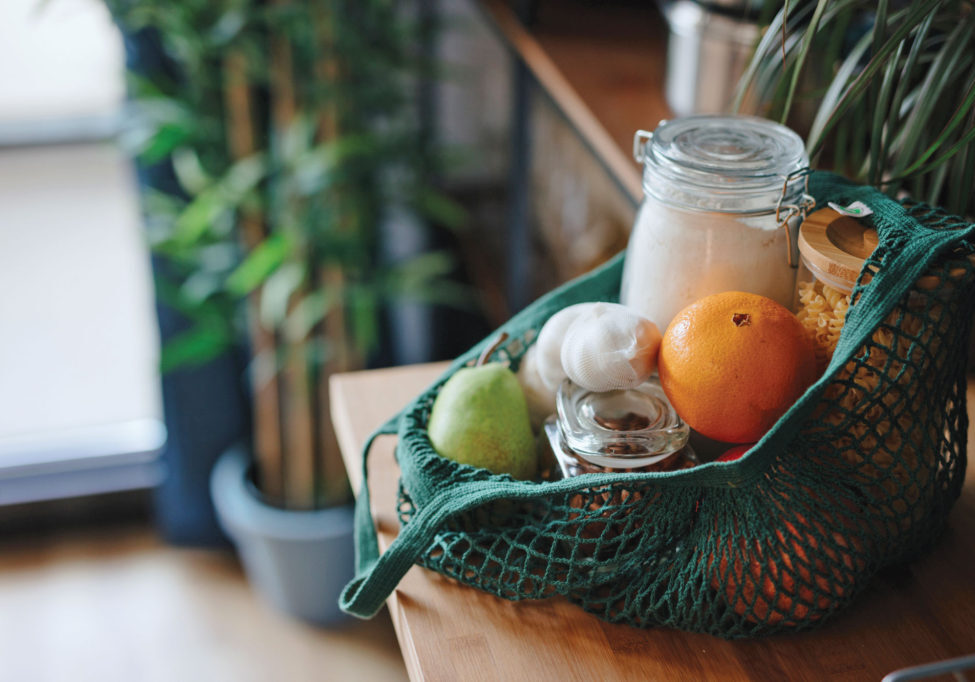Family camping trips can make for happy memories for parents and kids. But a camping trip, whether in spring, summer, fall or winter, can turn into a painful experience for kids (and adults), if everyone is not properly protected from the damaging rays of the sun. Take this quiz find out whether you’re doing enough to protect your child from the sun’s damaging rays.
You probably know that eighty percent of harmful sun exposure occurs before the age of 18. That’s why you’re careful to slather sunscreen on your child when she’s at the beach or pool. But how sun-smart are you when it comes to the nitty-gritty of deciphering SPFs, picking the best sunscreen or treating a mild sunburn? Check out new facts to help you keep your child’s skin healthier this summer—and reduce her risk of skin cancer later in life.
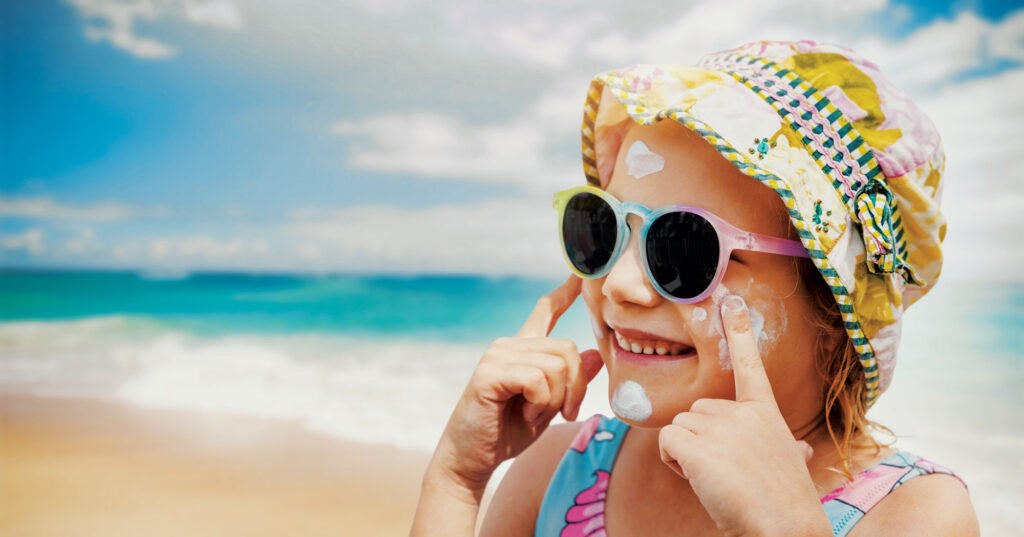

True or false: Babies younger than six months shouldn’t wear sunscreen.
Answer: False. The American Academy of Pediatrics (AAP) says it’s safe for infants younger than six months to wear minimal amounts of sunscreen on small areas such as the face and neck. In general, however, the AAP says babies younger than six months should be kept in the shade of a tree, umbrella or stroller canopy. “Babies are more prone than adults to sunburn because their skin is thinner and their body’s protective tanning response isn’t developed,” says dermatologist Jim Chow, MD.
If you can’t avoid exposing your baby to the sun, use a broad-spectrum sunscreen with a sun-protection factor (SPF) of 15 or higher. According to the Food and Drug Administration requirements, which regulates the label lingo for over-the-counter sunscreen products, “broad spectrum” means the sunscreen has passed a standardized test indicating that it protects against ultraviolet A (UVA) and ultraviolet B (UVB) rays proportionally. UVA radiation primarily contributes to skin cancer and early skin aging and UVB rays primarily cause sunburn. You want to safeguard your skin and your children’s skin from both types of ultraviolet rays, so focus on the words “broad spectrum.”
True or false: It’s okay to use an adult sunscreen on your child’s skin.
Answer: True. It’s not necessary to buy one sunscreen for you and a separate one for your kids, since adult versions are rarely irritating. “I put the same sunscreen on my children that I use, unless I notice that they have a sensitivity to it,” Dr. Behr says. It’s also fine for you to use the kids’ stuff, since it works as well as the adult version.
Choosing the best sunscreen for your family can be overwhelming with so many options from which to choose. In general, though, the best sunscreen for babies, toddlers and older children has one of two ingredients: zinc and/or titanium dioxide. “These ingredients aren’t absorbed by our bodies and are generally recognized as safe and effective by the FDA and work by physically blocking UV from affecting the skin,” says Erum Ilyas, MD, a board-certified dermatologist and spokesperson for the Society for Pediatric Dermatology.
To avoid rashes and other skin irritation, look for zinc and/or titanium dioxide-containing sunscreen without fragrance and with few ingredients on the label. “Fragrance and other additives are the ingredients that can cause rashes and other skin trouble,” Dr. Ilyas says. Avoid sunscreens with built-in bug repellent, which can irritate the skin,
Which is better at protecting kids from the sun:
A. Sunscreen that’s waterproof.
B. Sunscreen that’s sweat proof.
C. Sunblock
D. None of the above.
Answer: D. No sunscreens are “waterproof,” “sweat proof” or can qualify as “sunblock.” You won’t get bogged down by those label terms anymore because they’ve been eliminated from sunscreen packaging. That’s because all sunscreens eventually wash off and sunblock overstates a sunscreen’s effectiveness. But you may see the words “water resistant,” which means that the sunscreen remains effective for 40 minutes or 80 minutes while swimming or sweating, based on standard testing. If your child will be sweating or swimming, apply a water-resistant sunscreen.
The pool, the ocean, sweat, even drying your child with a towel can wash or rub it off. Your best bet? Reapply your child’s water-resistant sunscreen—or any sunscreen for that matter—every two hours. Reapply water resistant sunscreens more often than that after swimming or sweating. Read the label and reapply as directed.
And don’t forget to reapply protection to little feet, ears and noses, three highly sensitive and commonly burned areas on kids.
Which are more harmful:
A. UVA rays
B. UVB rays
Answer: A and B. They’re equally harmful because both types can cause skin cancer and are considered carcinogens. The sun’s penetrating UVB rays also cause sunburn. UVA rays break down the skin’s collagen, leading to wrinkles.
Your child is highest risk for a sunburn:
A. At the beach
B. At the pool
C. On a hike in the mountains
D. At the playground
Answer: A, B and C. The beach, the pool and the mountains are all serious sunburn spots. In or near the water, everyone gets a double whammy of ultraviolet radiation: harmful rays from above and those reflecting off the water. At high altitudes, the sun’s rays are also more dangerous to your child because they’re more concentrated. The sun is less of a threat on the playground because some rays are absorbed by the dark surface—but children will still get burned if you don’t apply sunscreen.
And remember that your kids can also get burned through a car window or on a cloudy or hazy day if they’re not protected. “You can’t see or feel ultraviolet radiation. But it’s there and it can be powerful,” says dermatologist David J. Leffell, MD, author of Total Skin. As kids get older, they can apply sunscreen themselves. But a recent study in Pediatrics found that while knowledge of skin cancer increases with age, many children and adolescents aren’t bothering to use it. Keep up the reminders and be a good role model by using sunscreen yourself.
Kids need to start wearing sunglasses:
A. At 6 months of age
B. At 6 years of age
C. When they’re old enough to read
Answer: A. Six months of age is a good time to start putting mini sunglasses on your child—if you can get her to keep them on. Pint-size sunglasses that filter out 99 to 100 percent of the sun’s UVA and UV rays (the label will say so) can help reduce your child’s risk of age-related cataracts. Your eye remembers the sun damage you get as a child. Ideally, your child’s sunglasses should be made of polycarbonate, a shatterproof synthetic material that
can protect her eyes from injury if she trips and falls or gets hit in the face by a ball.
True or false: A sunscreen with an SPF of 30 protects your child twice as long as one with an SPF of 15.
Answer: False. A sunscreen with an SPF of 30 blocks 96 to 97 percent of the sun’s rays, only 2 to 3 percent more than a sunscreen with a SPF of 15 does. Still, if your kids are going to be in the sun for more than a couple of hours, opt for the higher number. “The extra 2 to 3 percent of protection can make a difference,” says dermatologist Kathleen Behr, MD. But more isn’t better. According to the FDA, products with an SPF of more than 50 haven’t been shown to provide greater protection. That’s why you’ll see that the maximum SPF value on sunscreens is now just “50+.” For the best protection against the sun’s harmful rays, look for a broad-spectrum sunscreen with an SPF of 15 to 50.
True or false: It takes just four sunburns to increase a child’s risk of skin cancer.
Answer: False. Kids who get even two blistering sunburns may increase their risk of skin cancer later in life, which is one of the best reasons to protect your child’s skin from the start. “Skin cells have a gene that can get damaged by the sun in childhood, setting the stage for cells to divide abnormally as we get older,” Dr. Leffell says.
The best way to soothe a child’s mild sunburn is to:
A. Apply a thin layer of petroleum jelly.
B. Have her take a bath, then put on moisturizer.
C. Just leave the skin alone; it will heal faster by itself.
Answer: B. The bath will cool your child off, and a basic moisturizer like Lubriderm or Keri helps replenish her dried-out skin. To reduce the inflammation, give her children’s ibuprofen within the first 48 hours. And keep her out of the sun until her sunburn is healed. If your baby gets burned, give her juice or water to replace lost fluids and call your pediatrician immediately. A severe sunburn in an infant can be dangerous.
Most sunscreens have a shelf life of:
A. One year
B. Five years
C. Depends on the brand.
Answer: A. Even if the product that’s been hanging around in your medicine cabinet has a later expiration date on the bottle, it’s best to replace your sunscreen every summer to be sure it’s as effective as possible for your children, says dermatologist Patricia Witman, MD.
The very best way to protect your child from the sun’s burning rays is by:
A. Having her wear a brimmed hat and other clothing that will block out the sun.
B. Keeping him in the shade.
C. Using a broad-spectrum sunscreen.
Answer: All the above. “Sunscreen is only one component,” Dr. Behr says. Try to keep your child out of direct sunlight between 10 am and 2 pm, when the sun is strongest. If this is unrealistic, have him take frequent shade breaks. At the beach, make sure he wears a hat, and have him wear a shirt at least part of the day.
It’s a good idea to apply sunscreen to your child:
A. 30 minutes before she goes out in the sun.
B. 15 minutes before she goes out in the sun.
C. As soon as she gets outside.
Answer: B. Because sunscreen needs a little time to penetrate the skin, apply a generous amount of sunscreen all over your child’s body—including the areas beneath her clothes—about 15 minutes before she goes outside. “Kids can burn very quickly,” says dermatologist June Robinson, MD, especially under the summer’s intense rays. And worse, you can’t necessarily tell when they’re getting fried. Often, a sunburn doesn’t show up until that night or the next morning. And even if your child’s skin does start to look pink while he’s playing in the sun, the damage is already done.
Posted in: Health & Nutrition, Out & About
Comment Policy: All viewpoints are welcome, but comments should remain relevant. Personal attacks, profanity, and aggressive behavior are not allowed. No spam, advertising, or promoting of products/services. Please, only use your real name and limit the amount of links submitted in your comment.
You Might Also Like...
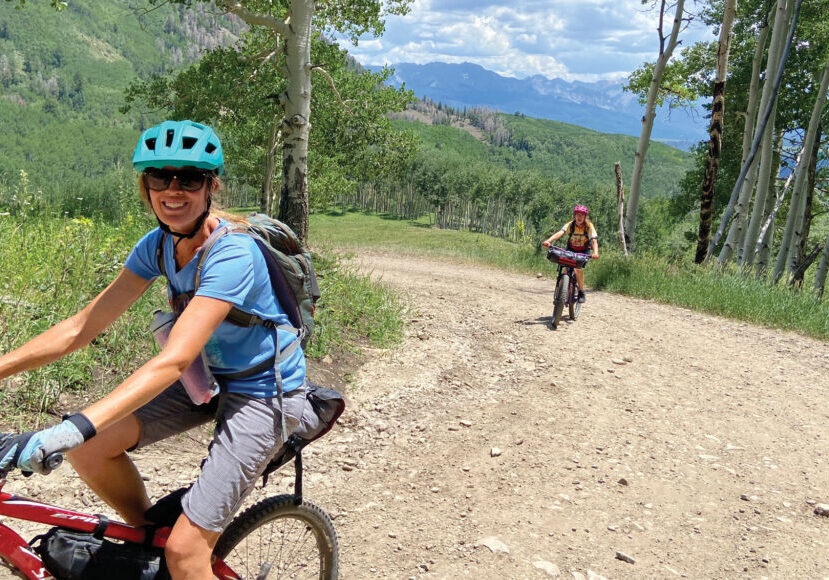
Katie Carpenter Wants To Help Get Your Family On The Trail
One of the outcomes from the pandemic has been a growing interest in biking, and many small towns in the North State continue to get an economic boost as visiting […]
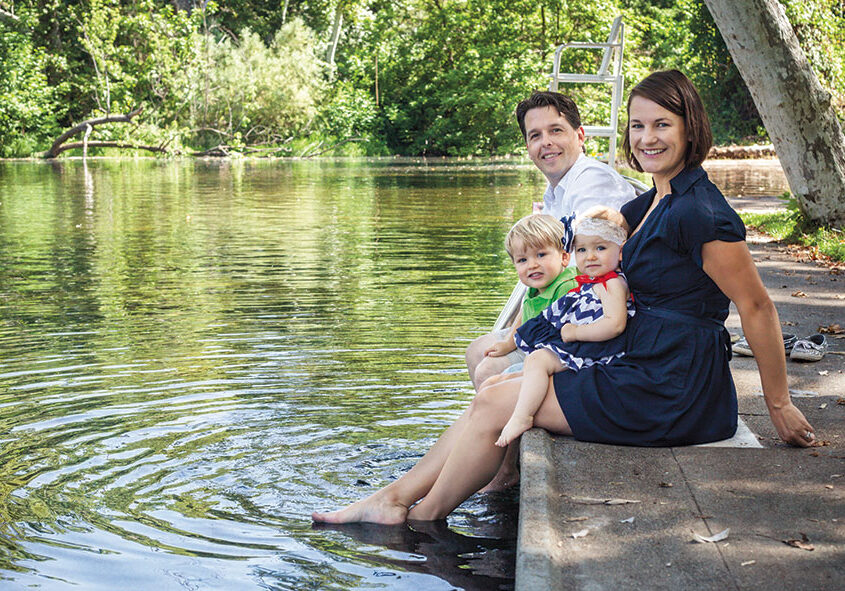
Daytripping – Five Fun Picnic Spots
Finding time to get away isn’t easy. Many of us don’t have the time (or money) to get away to the coast or to Tahoe on a regular basis due […]
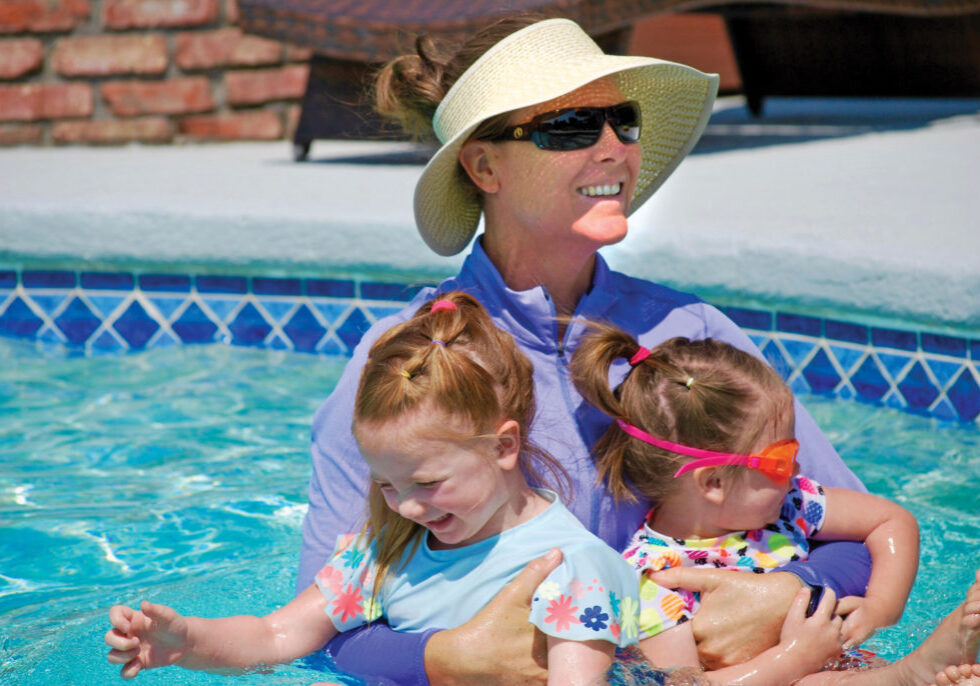
Nina Natina’s Swim Foundations Builds Swimmers for Life
Nina Natina is busy gearing up to kick off the 2022 season of swim classes and workshops at Swim Foundations. This program provides swim lessons and training resources for swim […]

Tehama Concert Series – Uplifting, Positive & Feel-Good
Ask anyone who’s watched the 1965 musical film, “The Sound of Music,” and you’ll hear the words uplifting, positive, feel-good, and, of course, “do, re, mi, fa, sol, la, ti, […]


